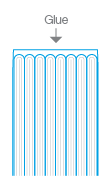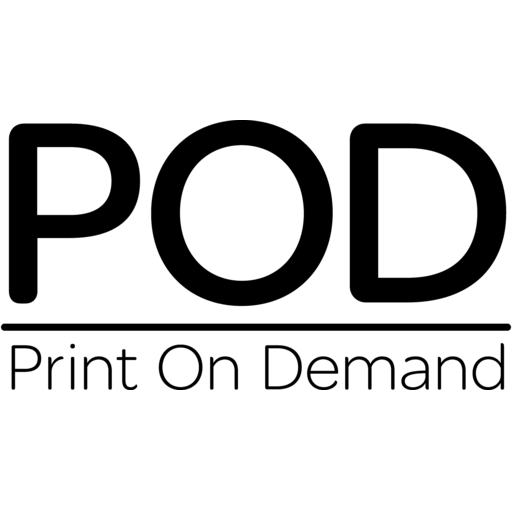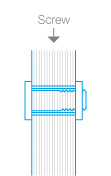Below are the types of binding we offer that may need a bit more explanation to those not familiar with printing.
3-Ring Binders
The most familiar of binding types, it's the most expensive in most instances. From 1" - 4" we offer white binders with angled D-rings (see illustration) that have exterior pockets for front and back covers as well as spines. Binders also have shallow pockets inside the cover.
Suggested Uses: Legacy documents (long shelf life) and documents that may need updated often.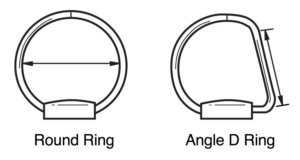
Saddle Stitching
The most common and economical binding method. Created by punching wire through the document’s outside spine, then bending the wire flat on the inside center fold to grip all the pages. It may provide a similar look, but is not the same as stapling.
Suggested Uses: Brochures, catalogs, calendars and instruction manuals.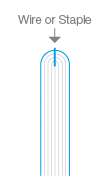
Spiral Bound or Coil Bound
Utilizes a smooth round coil to hold pages together. Allows book to lie flat when open or pages can be turned all the way around to the back if desired. The coil is threaded through punched holes and then ends are crimped to prevent wire slipping off. Spirals or coils are available in black.
Suggested Uses: Training Materials, proposals, presentations and any time table space is at a minimum.
Perfect Bound
Pages have their spines trimmed off and roughed up to improve bonding with glue. All sections are collated and glued to its wrap-around cover. Cover is always scored on back and front, for ease of opening and less stress on spine.
Suggested Uses: Catalogs, notepads and long-term-use documents.